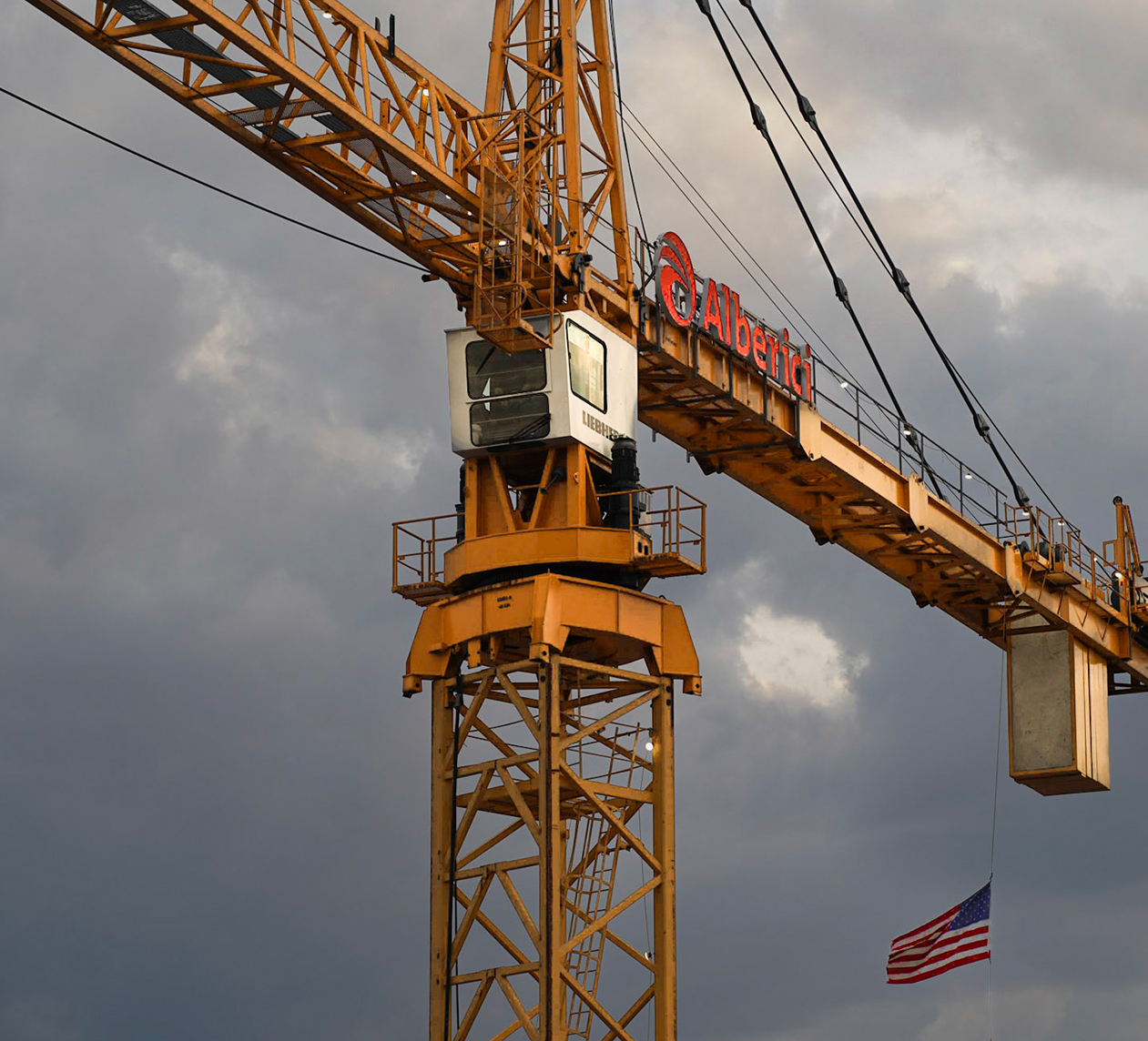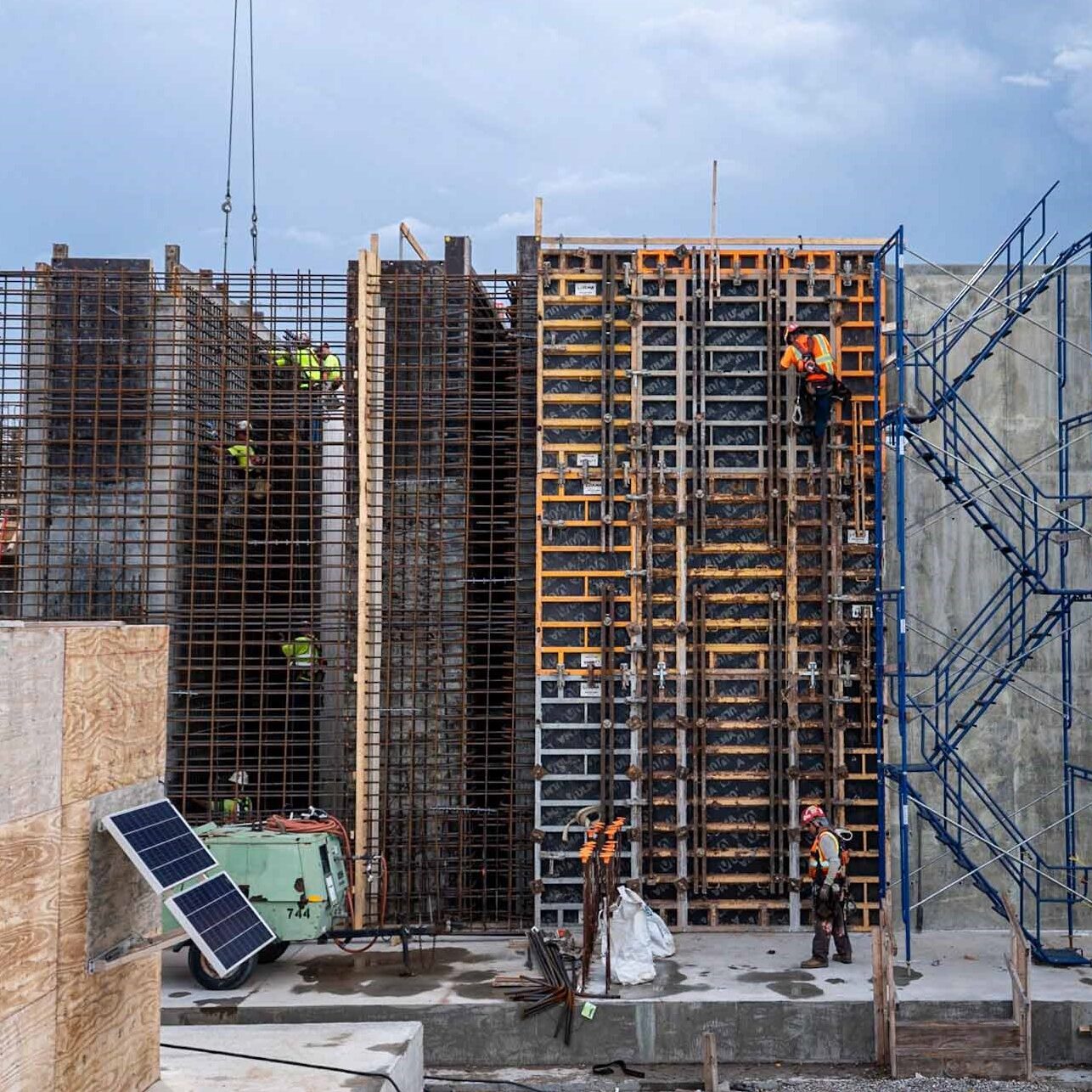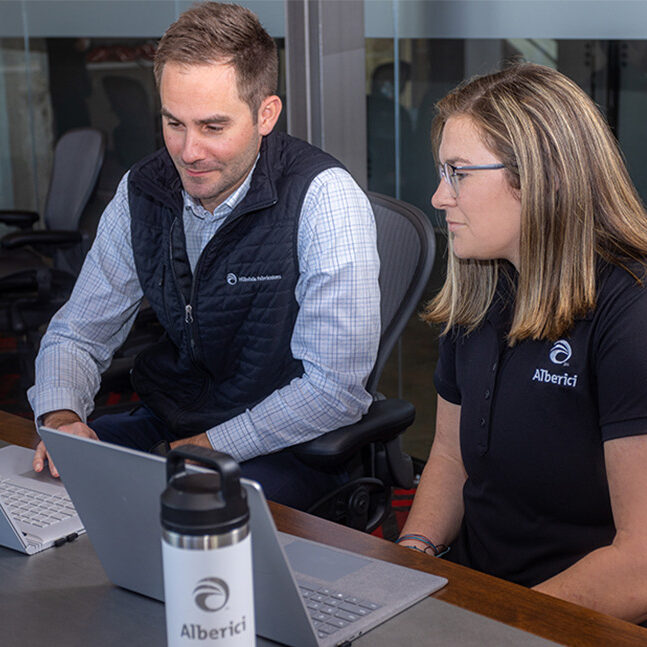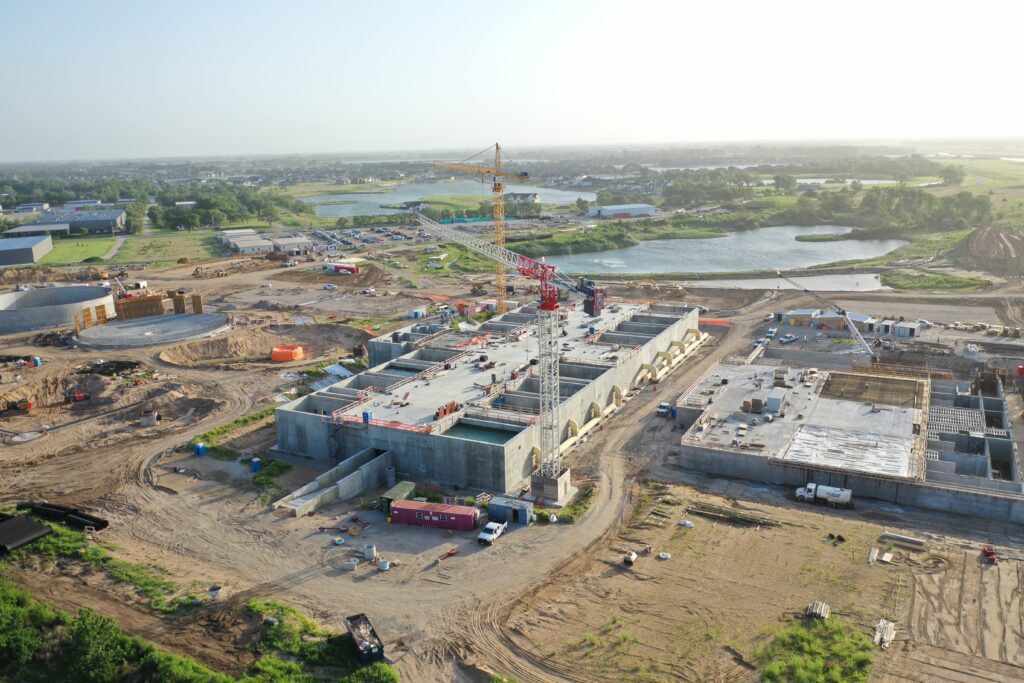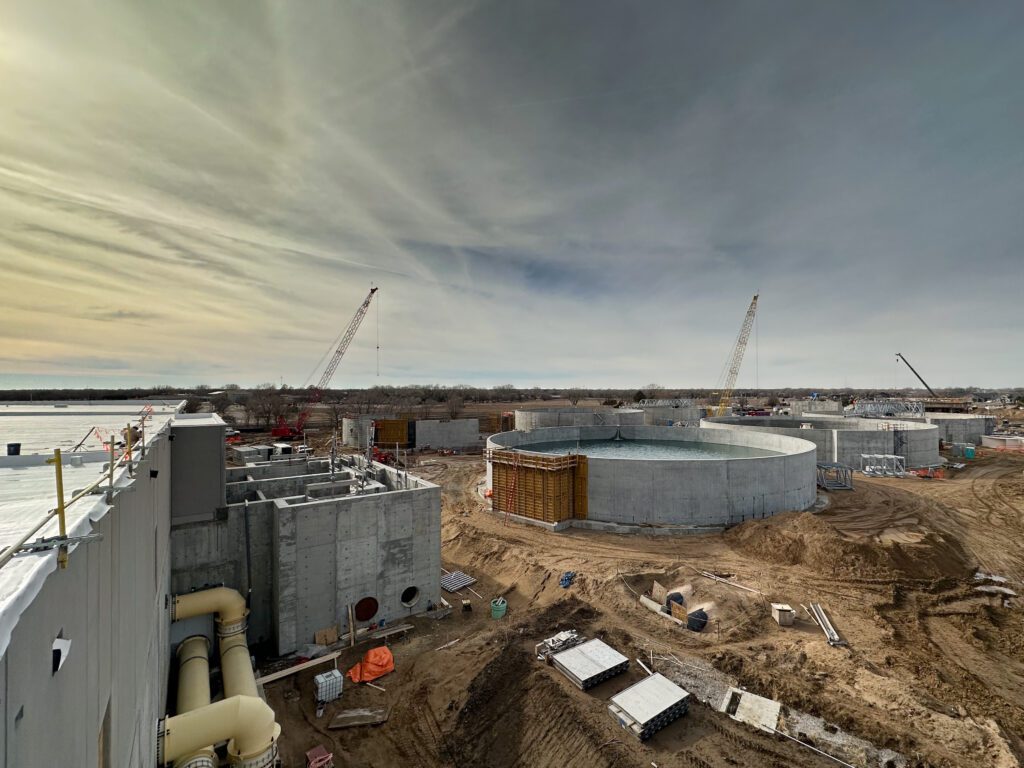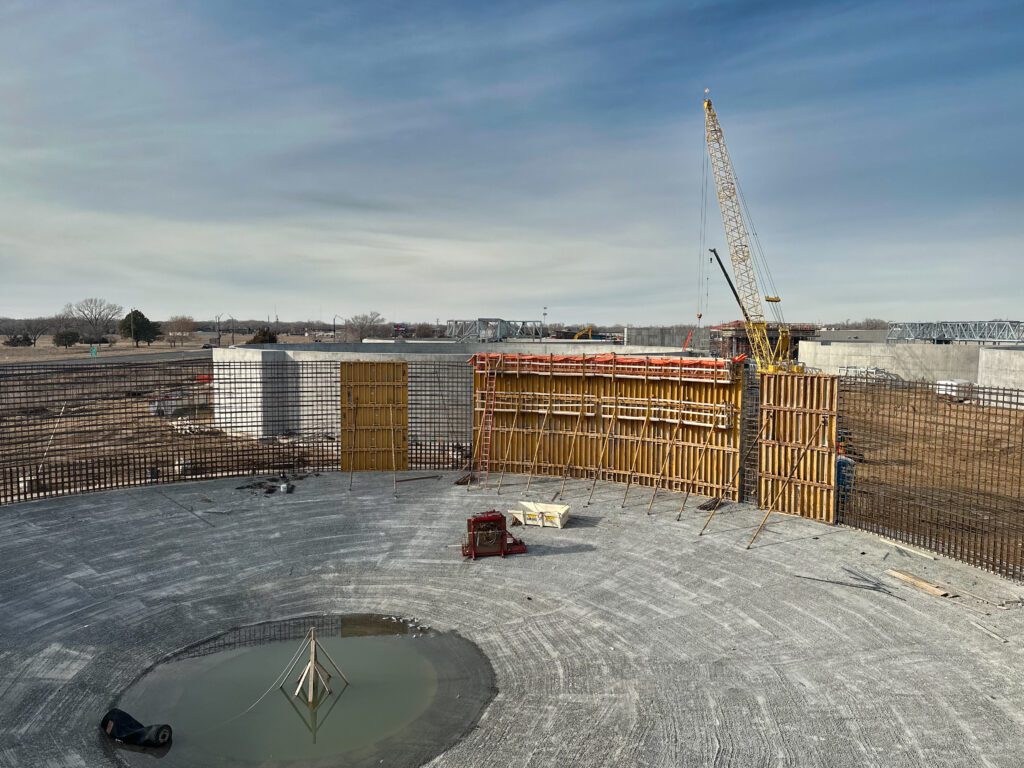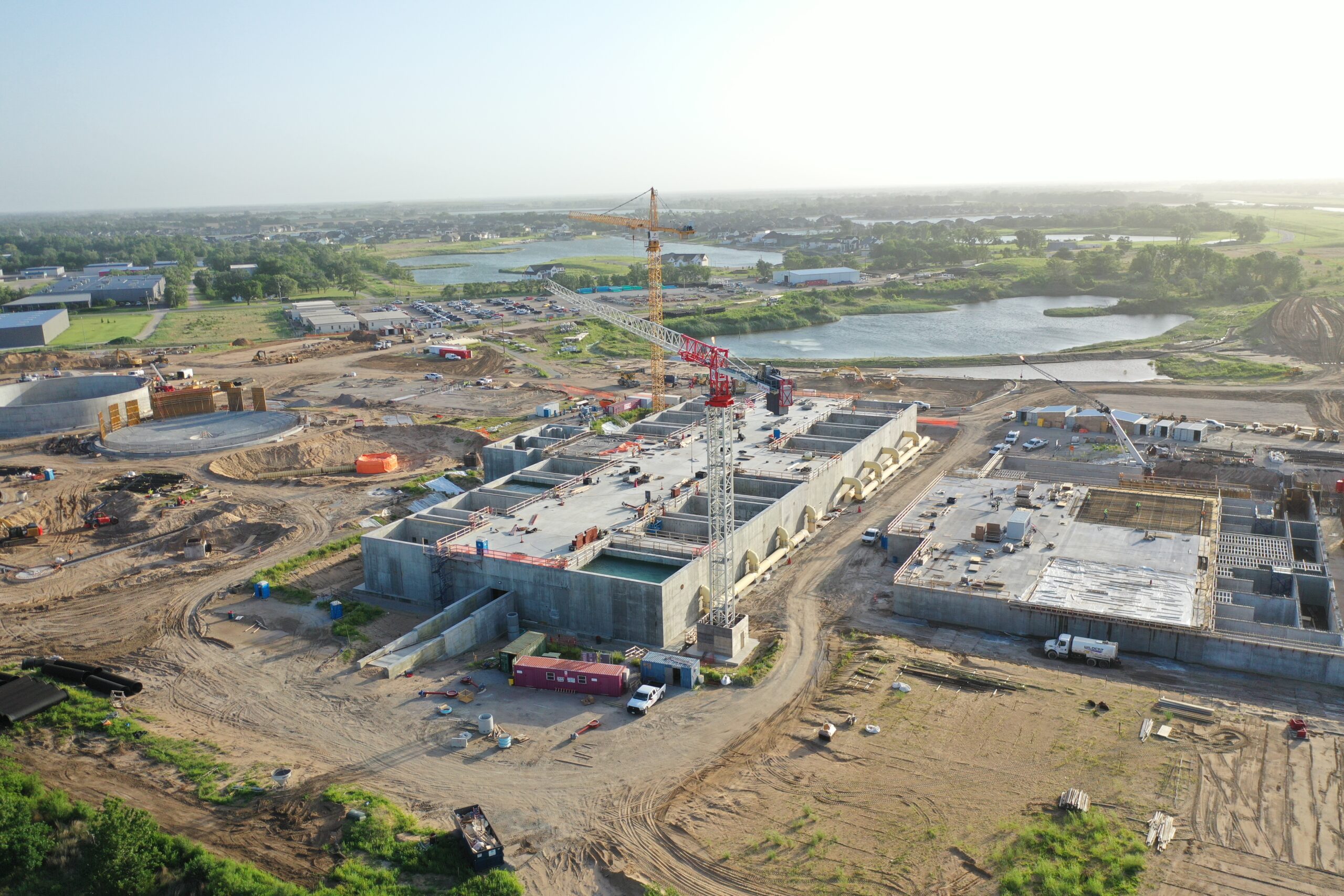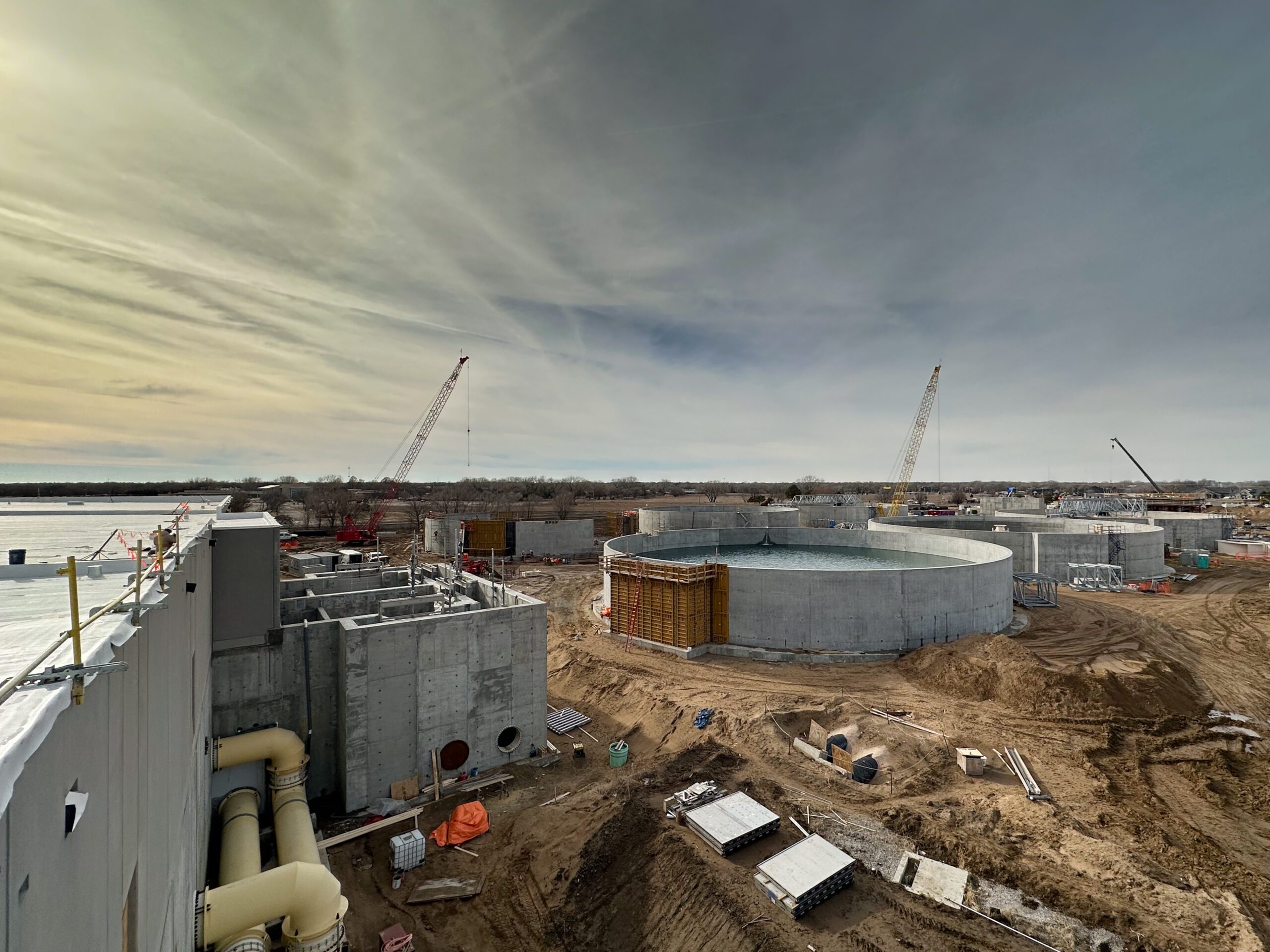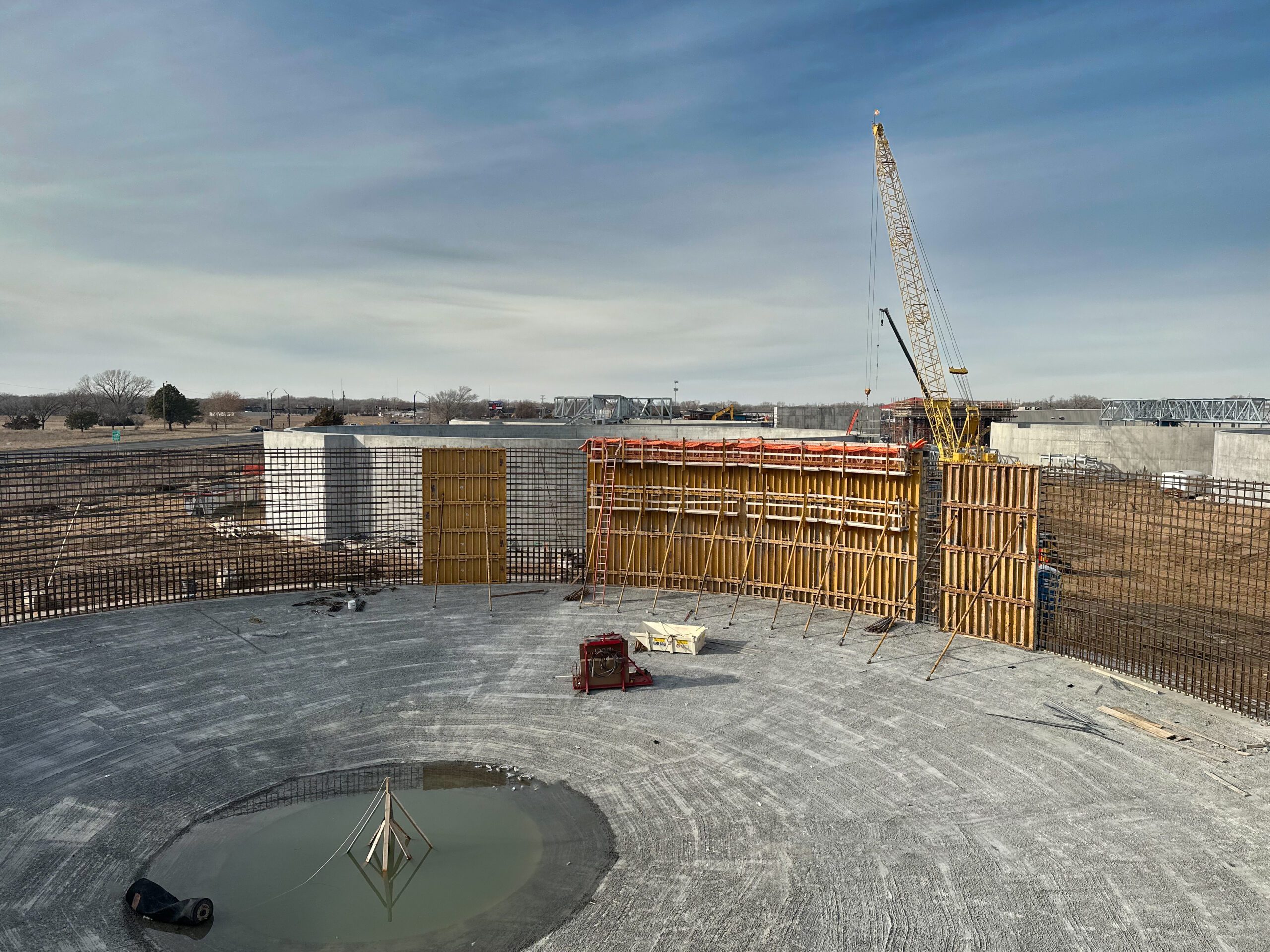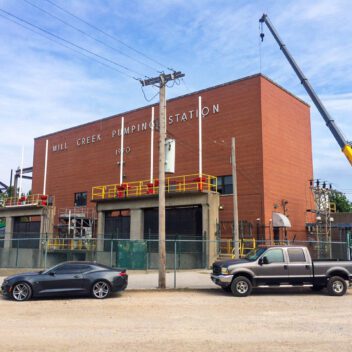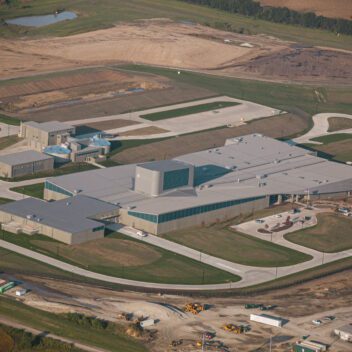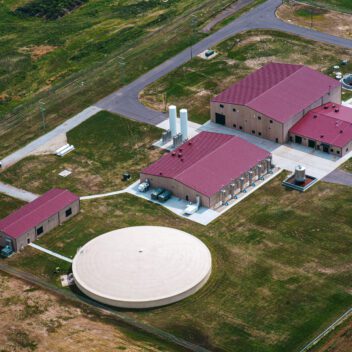Progressive design-build delivery of the largest infrastructure project in Wichita’s history
Market
Water
Key Services
Construction
Preconstruction
Strategic Partnerships
Delivery Method
Progressive Design-Build (PDB)Capacity
120 MGDWork Hours
1M+The challenge
The City of Wichita’s existing 80-year-old water treatment plant lacked of necessary redundancies and was in need of replacement. Recognizing the urgency of the situation, the city looked to Alberici for a comprehensive solution that would deliver a modern treatment facility to provide reliable, clean drinking water to meet the demands of a rapidly growing region. Under progressive design-build delivery, an Alberici joint venture took on the challenge of constructing a new 120 MGD water treatment facility for the Wichita community.
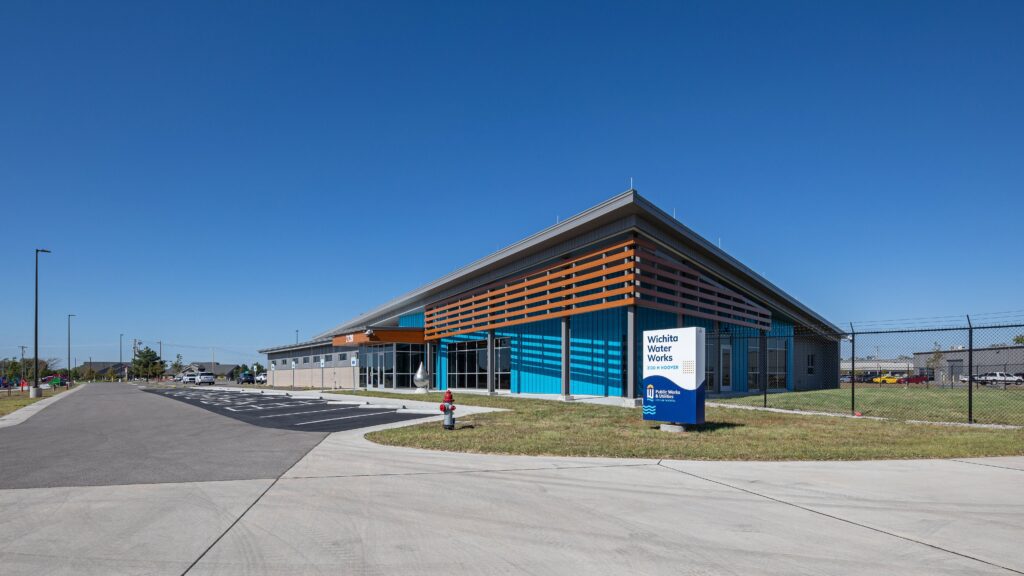
Key Facts
Plant will serve 500,000 residents
20,000+ SF of finished building space
Over 1 million labor hours
Challenge met
Alberici’s team constructed a flexible water treatment plant capable of treating water from three different sources: wellfield water, surface water and water from the city’s ASR Surface Water Treatment Plant. This unique capability to treat various water sources added efficiency and enhanced drought resilience. To ensure uninterrupted operation, the plant design incorporated a tornado-proof backup generator, guaranteeing continuous water delivery to the City of Wichita.
Through progressive design-build delivery and close collaboration with the city, Alberici provided early cost certainty and saved $14 million. The team also implemented innovative
design solutions, including the successful verification of a dual-media filter approach that reduced the filter footprint by 20 percent through a pilot project.
Alberici’s collaborative approach and dedication to innovation resulted in the successful construction of a reliable, state-of-the-art water treatment facility for the City of Wichita, ensuring the continuous supply of clean and safe drinking water for years to come.
